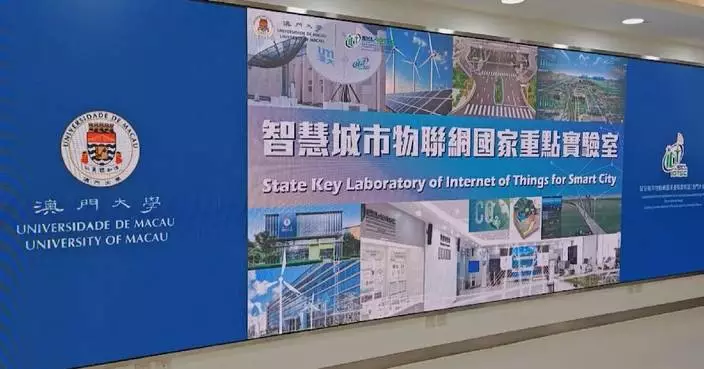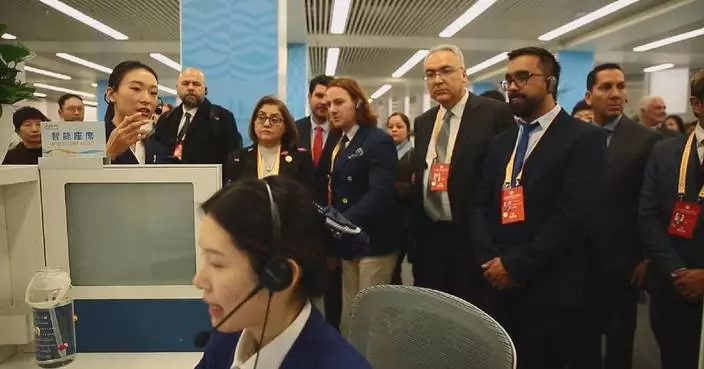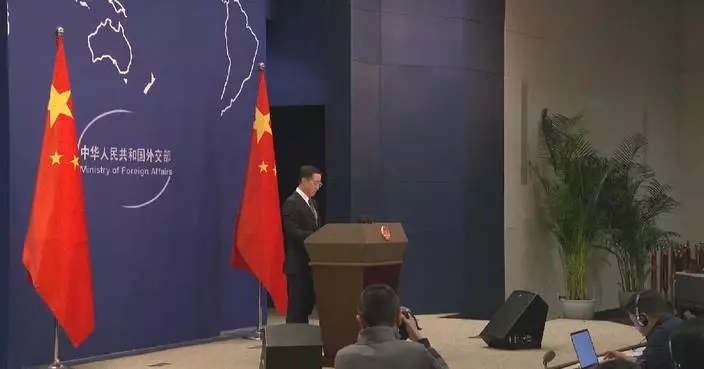Only through an end of Israel's illegal occupation of Palestinian territory and the establishment of an independent State of Palestine can the peaceful coexistence of Palestine and Israel be truly realized, a Chinese envoy said on Thursday.
Geng Shuang, China's deputy permanent representative to the United Nations, made the remarks at a UN Security Council meeting, which discussed implementation of Security Council Resolution 2334. The resolution demands Israel "immediately and completely cease all settlement activities in the occupied Palestinian territory, including East Jerusalem."
Click to Gallery
China calls for end of Israel's illegal occupation of Palestinian territory
China calls for end of Israel's illegal occupation of Palestinian territory
China calls for end of Israel's illegal occupation of Palestinian territory
China calls for end of Israel's illegal occupation of Palestinian territory
China calls for end of Israel's illegal occupation of Palestinian territory
"Independent statehood is the inalienable right of the Palestinian people as a nation. The prolonged illegal occupation by Israel has hindered the realization of self-determination of the Palestinian people and given Israel an exclusive veto over the establishment of an independent State of Palestine," said Geng.
He noted that Israel has been expanding settlements in the West Bank and occupying Palestinian territory, which has continuously undermined the foundation of the two-state solution.
It is particularly regrettable that due to certain countries' negative attitude, the UN Security Council is not able to take strong actions to resolve the Palestinian question, or to stop the conflict in Gaza which has lasted nearly a year, said Geng.
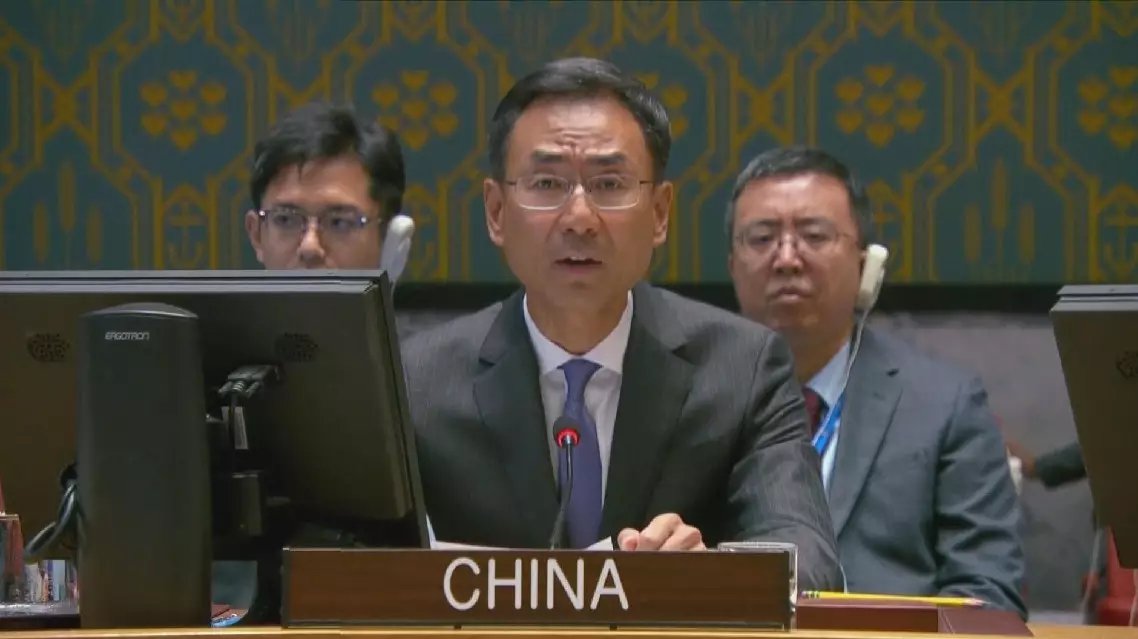
China calls for end of Israel's illegal occupation of Palestinian territory
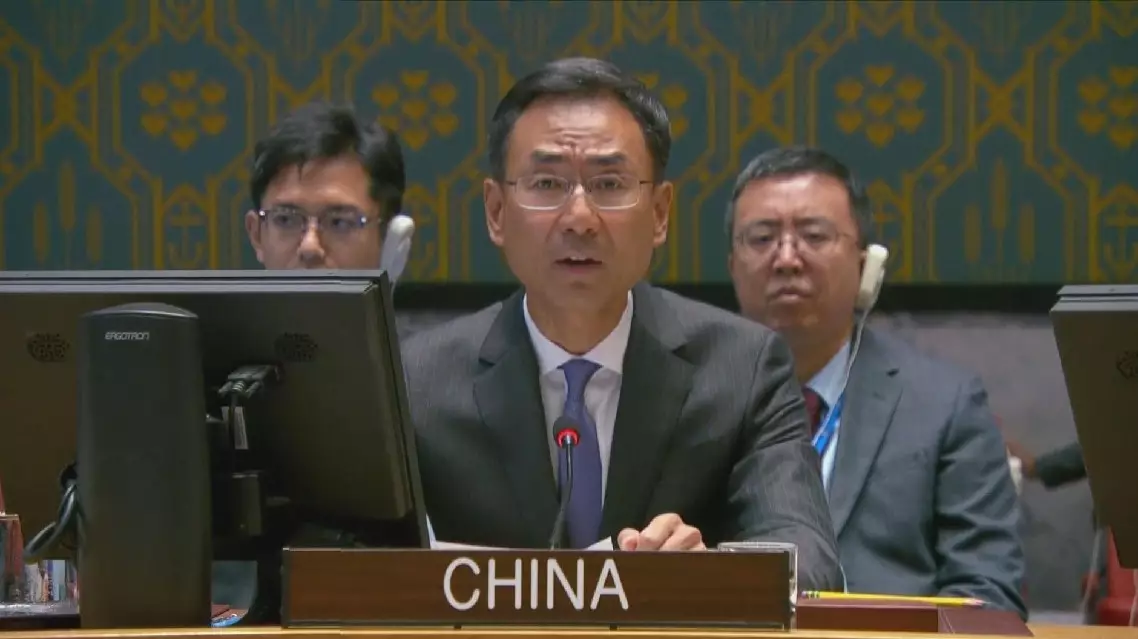
China calls for end of Israel's illegal occupation of Palestinian territory
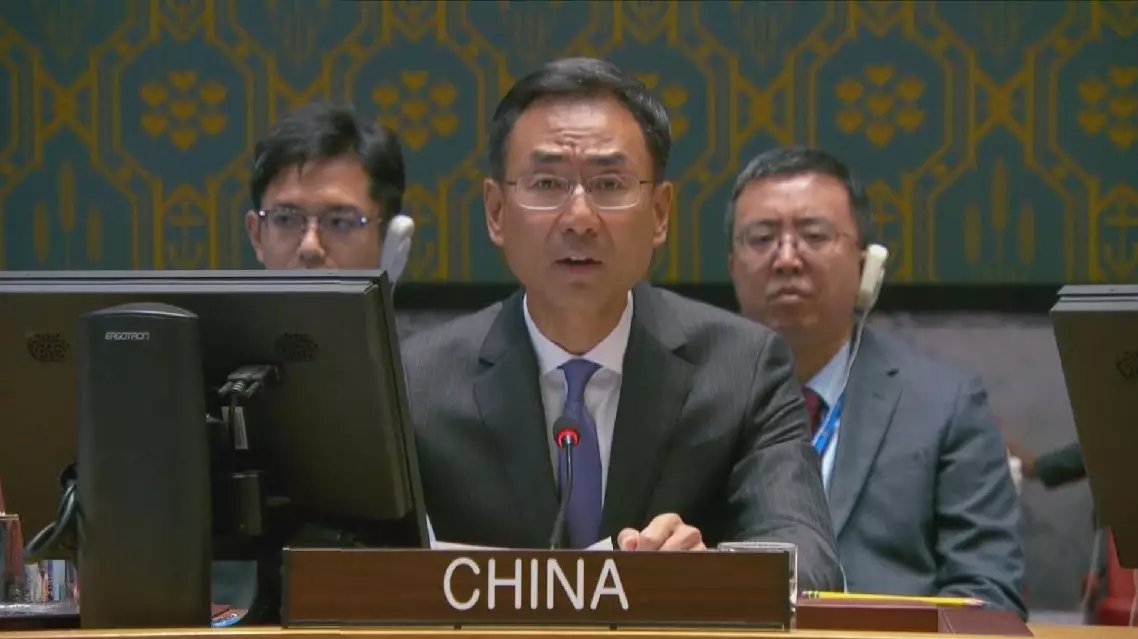
China calls for end of Israel's illegal occupation of Palestinian territory
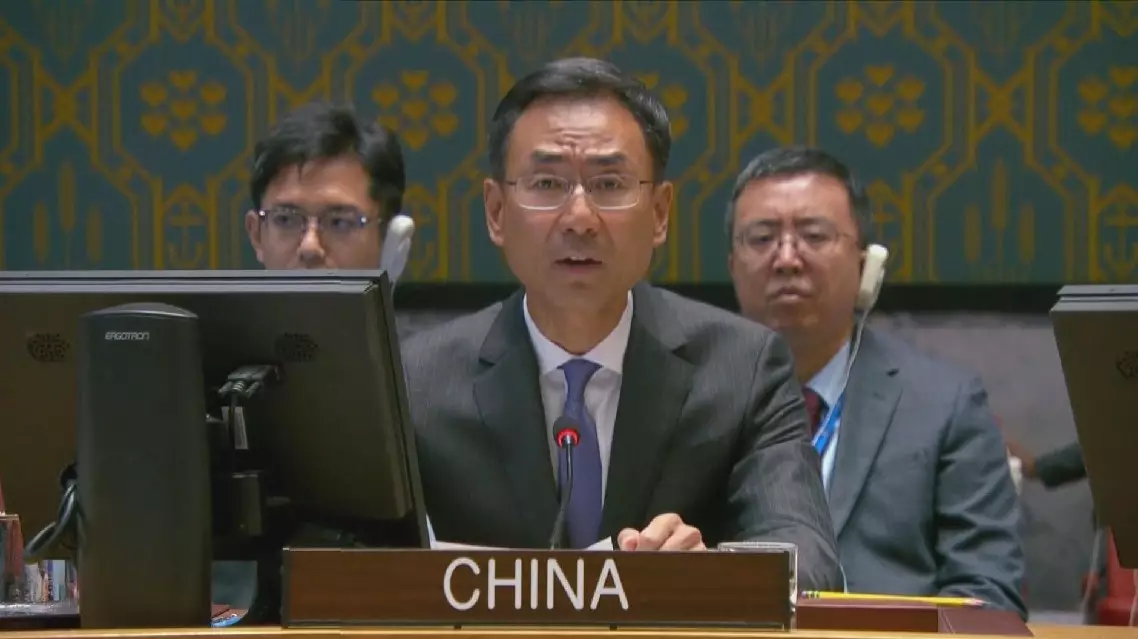
China calls for end of Israel's illegal occupation of Palestinian territory
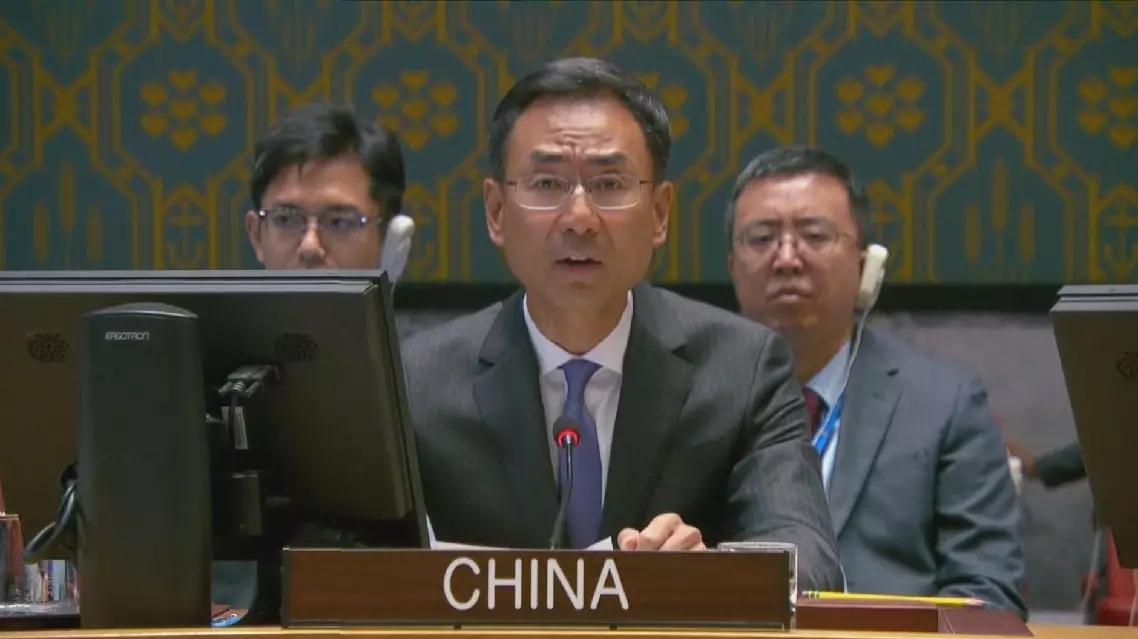
China calls for end of Israel's illegal occupation of Palestinian territory
Macao has been emerging as a global hub for conventions and exhibitions in recent years by exploring the enormous opportunities in the sector, driving the region to advance its economic diversification and embrace a brighter future.
Macao has received many awards this year, such as the Best Convention City (Asia) and the Best BT-MICE City, showcasing the recognition for and influence of Macao's exhibition industry.
More than 1,000 electronic game enthusiasts from all over the world gathered recently in Macao to participate in a esports themed event.
Su Zhili, organizer of the event, said that Macao's rich experience in hosting large-scale events, coupled with its good infrastructure, has driven him to choose the region as an ideal destination to hold such an activity.
"Macao has held many similar large-scale events. It has rich experience, and the facilities at the venue are relatively mature, so we can start our work comfortably," said Su.
During the first three quarters of 2024, Macao held more than 1,000 conferences and exhibitions in total.
"We will invite more professional, special conferences to be held in Macao and also cultivate more exhibition brands with international influence in Macao, so as to promote Macao's exhibitions to be more market-oriented, professional, international, digital and greener from various aspects. This is our goal," said Elaine Wong, member of the Macao Commerce and Investment Promotion Institute.
In addition, multiple large exhibitions and conferences, such as the Macao International Trade and Investment fair, the Macao Franchise Expo, and the International Infrastructure Investment and Construction Forum, are held regularly in Macao.
With the introduction of a series of policies and measures to facilitate the exchanges between the mainland and Macao, as well as the construction and development of the Guangdong-Hong Kong-Macao Greater Bay Area and the Guangdong-Macao In-Depth Cooperation Zone in Hengqin, Macao's convention and exhibition industry will embrace more opportunities for development in the foreseeable future.
"We have such a good industrial base in the Greater Bay Area. The mode of 'Convention and Exhibition + Industry' not only integrates the industries of Macao, but also the industries of the Greater Bay Area. In addition, Macao actively integrates into the national development and plays a role in the Belt and Road. Why are we so confident in Macao's convention and exhibition sector? Because it is backed by the motherland, and the country gives Macao great support," said Alan Ho, chairman of the Macao Association of Convention, Exhibition and Tourism Sectors.
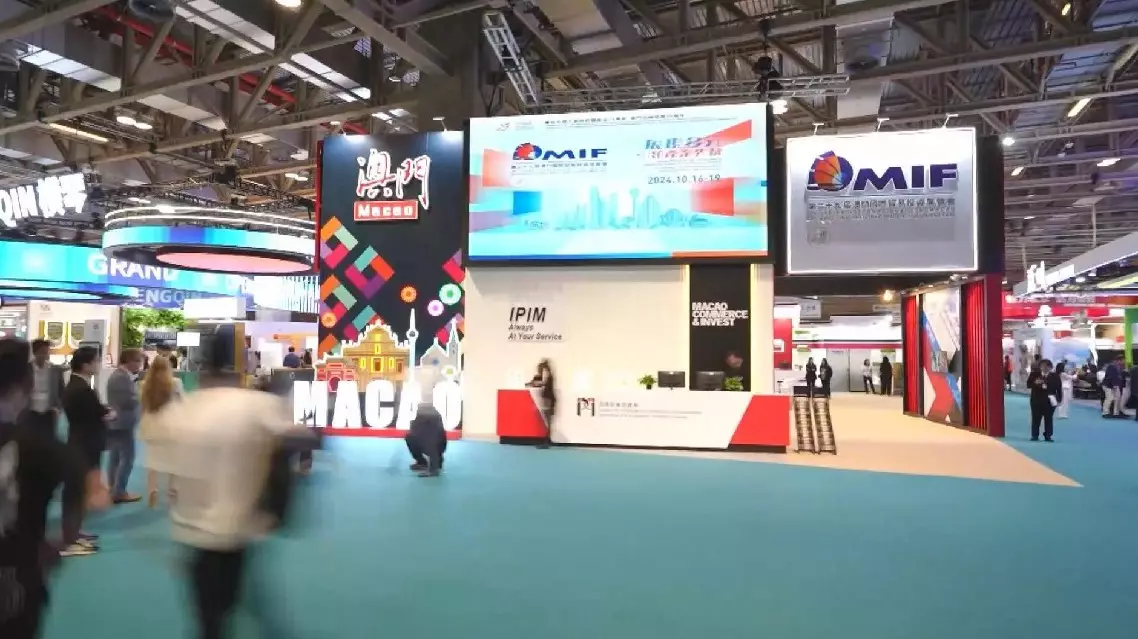
Macao emerges as global hub for conventions and exhibitions, driving economic diversification and international recognition









